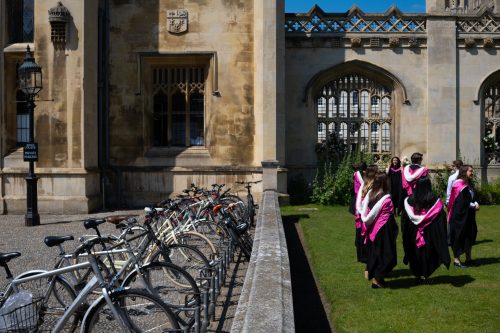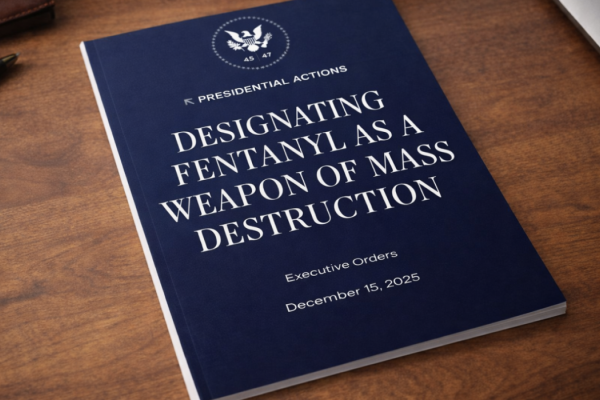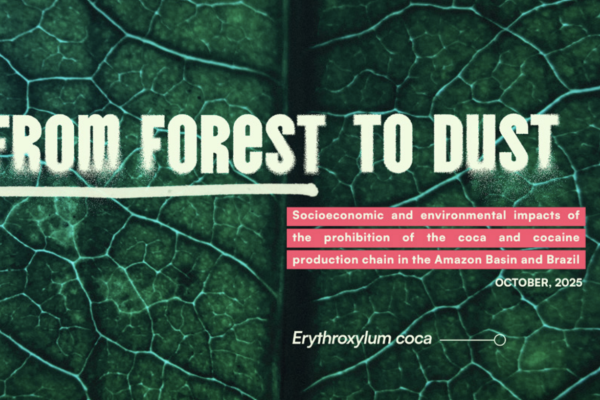18th May 2023
We can all agree that universities have a duty of care to all our young people that come to campus every year. A part of this is the reality that many students will use both legal and illegal drugs at one point or another. It is accepted that the old-time approach of “just say no” does not work, so universities must be more pragmatic in their approach and implementing harm reduction is key.
However, this week The Times published a piece laden with outdated arguments and tropes, accusing universities of being “soft on drugs” when trying to protect student safety. This is in stark contrast to the Times’ previous position supporting the legal regulation of drugs. This blog looks at exactly why a harm reduction approach is the only sensible way forward.
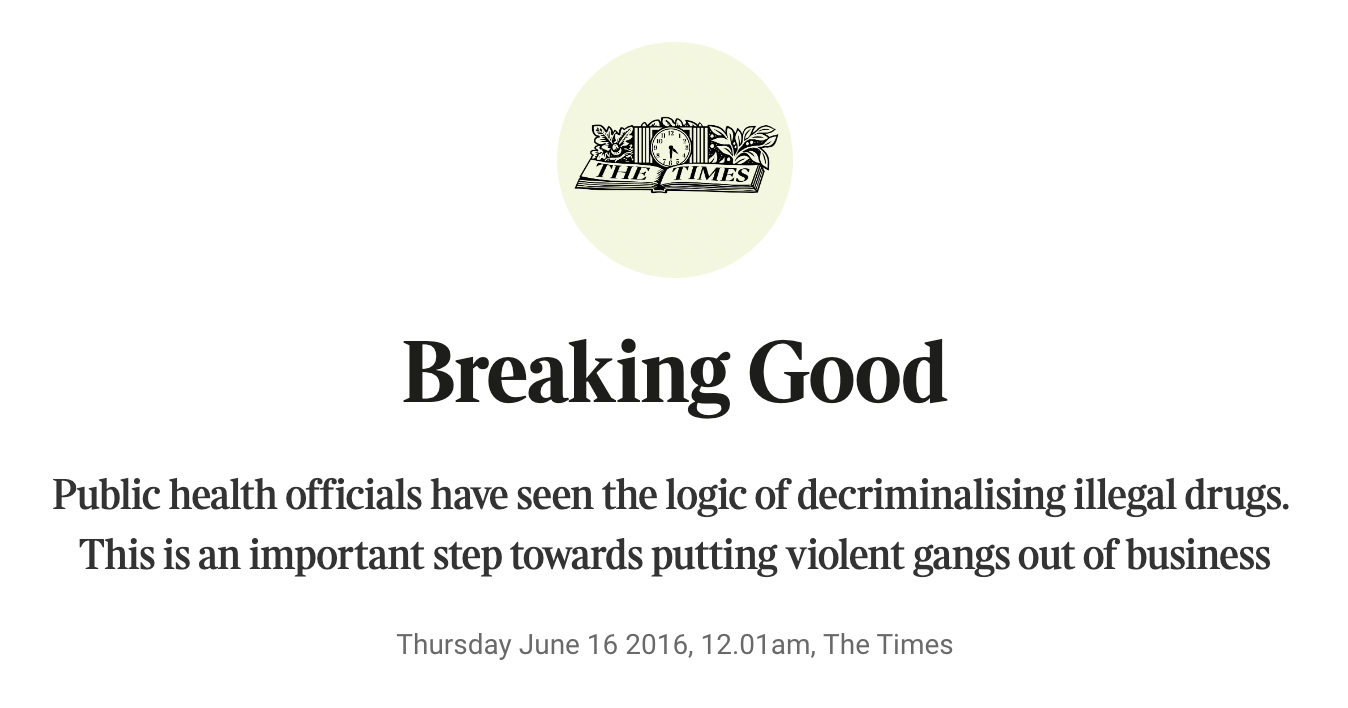
Historically, many universities have opted for a punitive response when dealing with a student's drug use. This means that a student caught using drugs is at risk of being suspended or expelled. However, there is no evidence that implementing such zero-tolerance policies deters people from using drugs. In actuality, there is copious evidence of how punishment exacerbates drug-related harms both in universities and in wider society. Students who may be struggling with their use, or be in an emergency situation around drug use, should not be prevented from asking for help out of fear of then being punished by their university institution.
As the coroner, who looked into the tragic death of an Oxford University student in 2021, said, universities cannot both threaten anyone who uses illegal drugs with severe disciplinary action yet also expect people with drug issues, or who have friends with drug issues, to come forward to ask for help when they need it. Policies like that result in lives being lost.
This is why more and more universities are taking a sensible harm reduction approach to drugs instead. Harm reduction refers to policies, programmes and practices that aim to minimise negative health, social and legal impacts associated with drug use, drug policies and drug laws (Harm Reduction International). Without condoning or condemning, this approach aims to make drug use safer, rather than simply trying to eliminate it. In doing so, students are supported through any drug use.
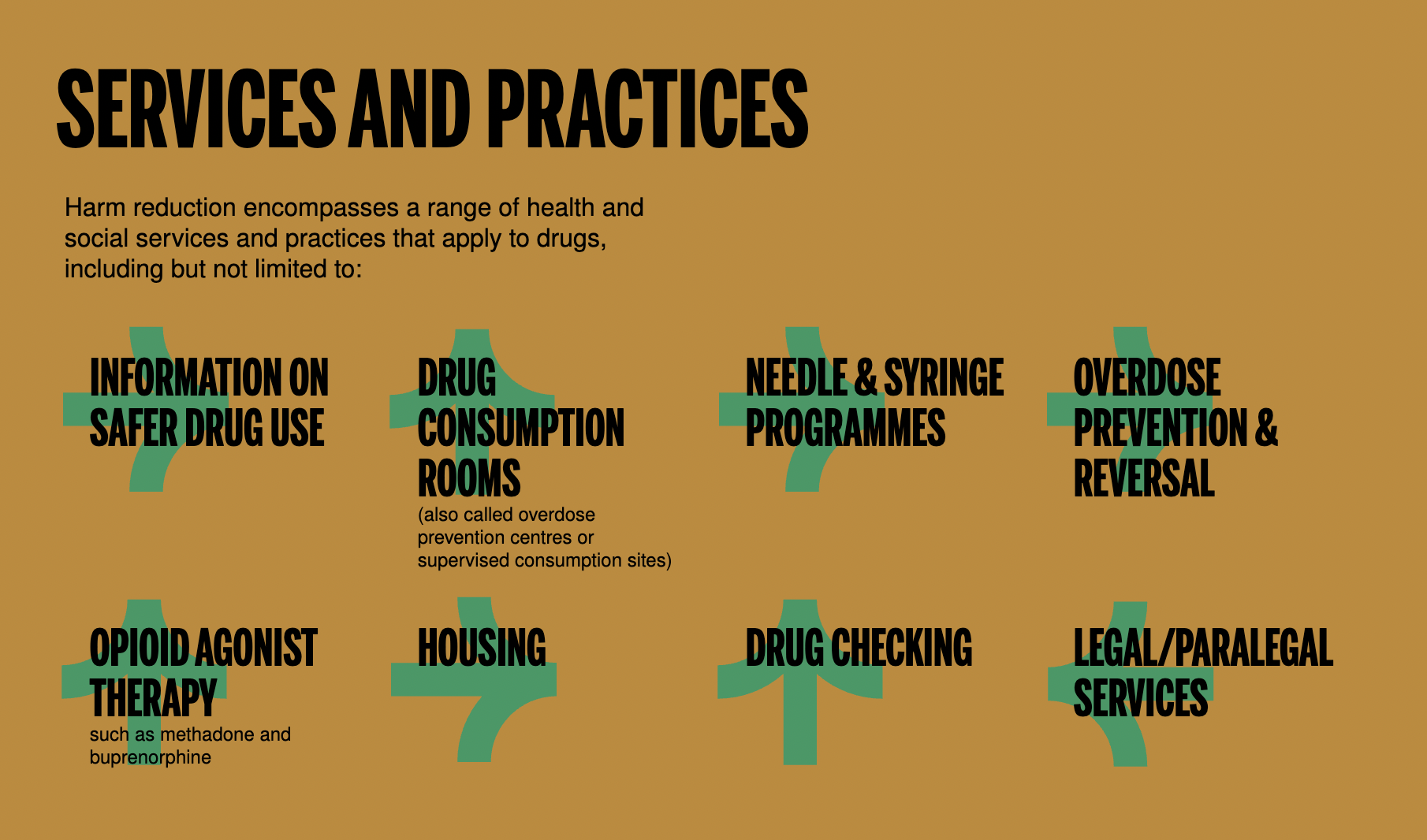
In 2018, Buckingham University announced it would become the first drug-free university, which would have involved getting students to sign an agreement not to use drugs. The university has since drastically changed its position after recognising the danger it would pose for students who would have been unable to seek support. Instead, Buckingham University now employs staff to give harm reduction advice.

This is exactly what we need to be seeing across universities so that students can access support without the threat of being expelled. In doing so, universities send a message to both students and student’s parents that they will support their health and wellbeing.
Correction issued on 24/05/2023
A previous version of this blog said that "over 50% of students in higher education have used illegal drugs". We have removed this because the survey used a small sample size and may not be representative.

